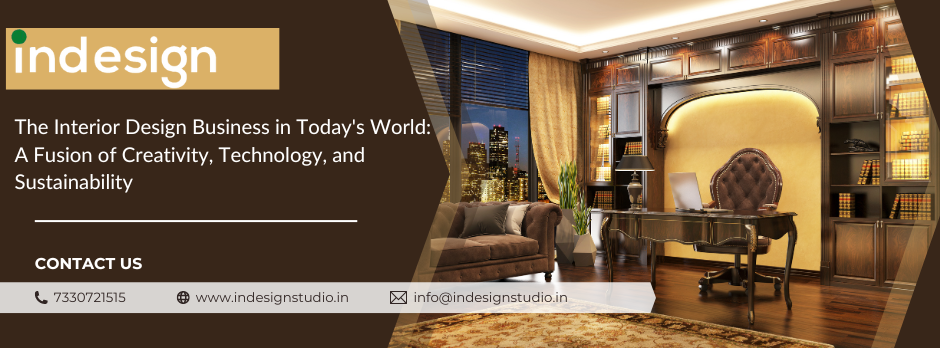In the dynamic landscape of interior design, the profession has evolved significantly in recent years, driven by changing consumer preferences, technological advancements, and a growing emphasis on sustainability. Today, interior designers are not just decorators but problem solvers, innovators, and trendsetters. Here’s a comprehensive look at the interior design business in the modern era, highlighting the key trends and factors shaping its trajectory.
- Design as a Holistic Experience:
In the past, interior design was often seen as purely aesthetic, focusing primarily on selecting colors, furniture, and decor. However, the architects and interior designers Hyderabad role has expanded to encompass a holistic approach. Designers now consider functionality, ergonomics, spatial planning, sustainability, and aesthetics. They create spaces that are not only visually appealing but also optimized for the people who use them.
- Technology Integration:
Technology has become an integral part of the Luxury interior designers in Hyderabad. Designers use advanced software and tools for everything from creating 3D models and virtual reality walkthroughs to managing projects and budgets. These digital tools allow clients to visualize designs more effectively and streamline the design process.
- Sustainability and Green Design:
Sustainability is a paramount concern in the modern interior design industry. Designers increasingly incorporate eco-friendly materials, energy-efficient systems, and sustainable practices into their projects. Green design is not just a trend but a fundamental shift towards creating healthier, more environmentally responsible interiors.
- Wellness Design:
Wellness design is another emerging trend that focuses on creating spaces that promote mental and physical well-being. Designers consider factors such as natural lighting, air quality, ergonomic furniture, and biophilic design principles to enhance occupants’ overall health and productivity.
- Customization and Personalization:
Today’s clients seek unique, personalized interior spaces that reflect their tastes and lifestyles. Interior designers are skilled at tailoring designs to meet these specific preferences, offering various customization options for furnishings, color palettes, and layouts.
- E-commerce and Online Platforms:
The rise of e-commerce has transformed how interior designers source furniture and decor. Online marketplaces and platforms make it easier to discover and purchase products worldwide, expanding the designer’s toolkit and offering clients a broader selection of options.
- Collaboration and Networking:
Interior designers increasingly collaborate with architects, contractors, and other professionals to ensure a seamless execution of their designs. Networking within the design community has become crucial for building partnerships and staying updated on industry trends.
This diversity allows designers to expand their expertise and adapt to different design requirements continually.
In conclusion, the interior design business in today’s world is a multifaceted and ever-evolving profession. Interior designers are creatives, problem-solvers, innovators, and environmental stewards. They leverage technology, sustainability practices, and a keen understanding of their clients’ needs to create functional and aesthetically pleasing spaces. As design trends continue to evolve and consumer preferences change, interior designers must stay agile and adapt to meet the evolving demands of the modern world. The fusion of creativity, technology, and sustainability is at the core of this dynamic industry, shaping the interior design landscape for the better.


